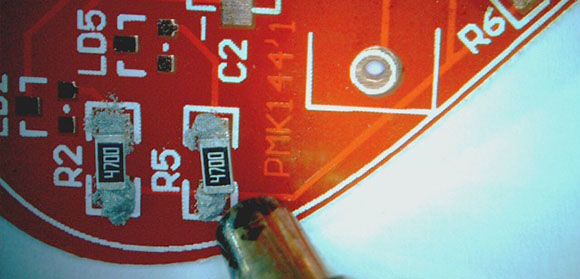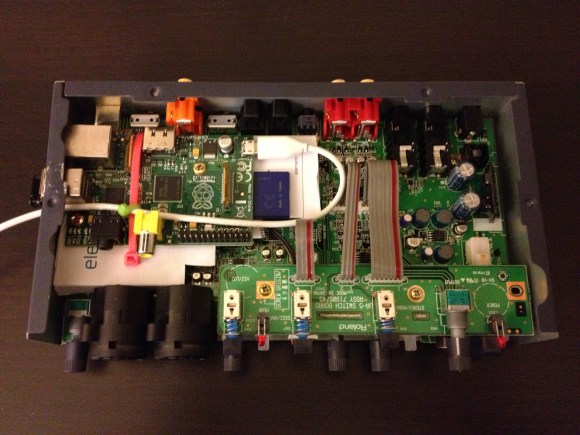It's movie time! Grab the popcorn and Media Player Classic-BE:
from BetaNews by Mike Williams

If you’ve ever explored the world of Windows video players then you’ll almost certainly have come across Media Player Classic (compact, easy to use, but a little dated now) and its spin-off Home Cinema project (more powerful, plenty of features).
What you might not have noticed, though, is the latest addition to the family,
Media Player Classic-BE (for “Black Edition”, apparently). It’s a recent offshoot from Home Cinema and looks almost exactly the same, but already has one notable addition and plenty of smaller tweaks to enjoy.
Our favorite new addition is the program’s ability to preview different parts of a movie. If you want to view some other section, there’s no longer any need to click various parts of the seek bar until you end up in the right area. Instead, just hover your mouse cursor over a point on the bar, and MPC-BE will show you a thumbnail representing that frame (even if it’s still playing some other part of the video). If that’s not what you need, just move the mouse pointer across the bar, watching as the frames update, and only click when you’re in the right place.
The down side to this is it does require a fair amount of system resources, so might not work so well on ancient hardware, or if (say) you’re trying to view an HD clip over a slow network connection. Which perhaps is why the feature is turned off by default (click View > Options > Interface and check “Use the preview in the search” to enable it). It worked just fine on our system, though, and could well be enough to justify installing the program all on its own.
Of course the program has more, though.
Support for many minor decoders should help the program import even more file types, for instance (it can even open images now). MPC-BE provides more subtitle options and controls, as well as a new Sub button on the toolbar to help you access them. While there are plenty of smaller additions which may help, just occasionally -- like support for the Rotate tag in MP4 and MOV files.
And of course you still have the many great features of MPC-Home Cinema, including its extreme configurability. The program doesn’t just give you access to 180+ options and commands, for instance -- it allows you to set up a customizable hotkey for each and every one.
Media Player Classic-BE isn’t exactly a revolution in video playing, then, but it’s a neat improvement on an already good program, and we’ll be very interested to see where the project goes next.
Photo Credit: Baranova Alona/
Shutterstock









